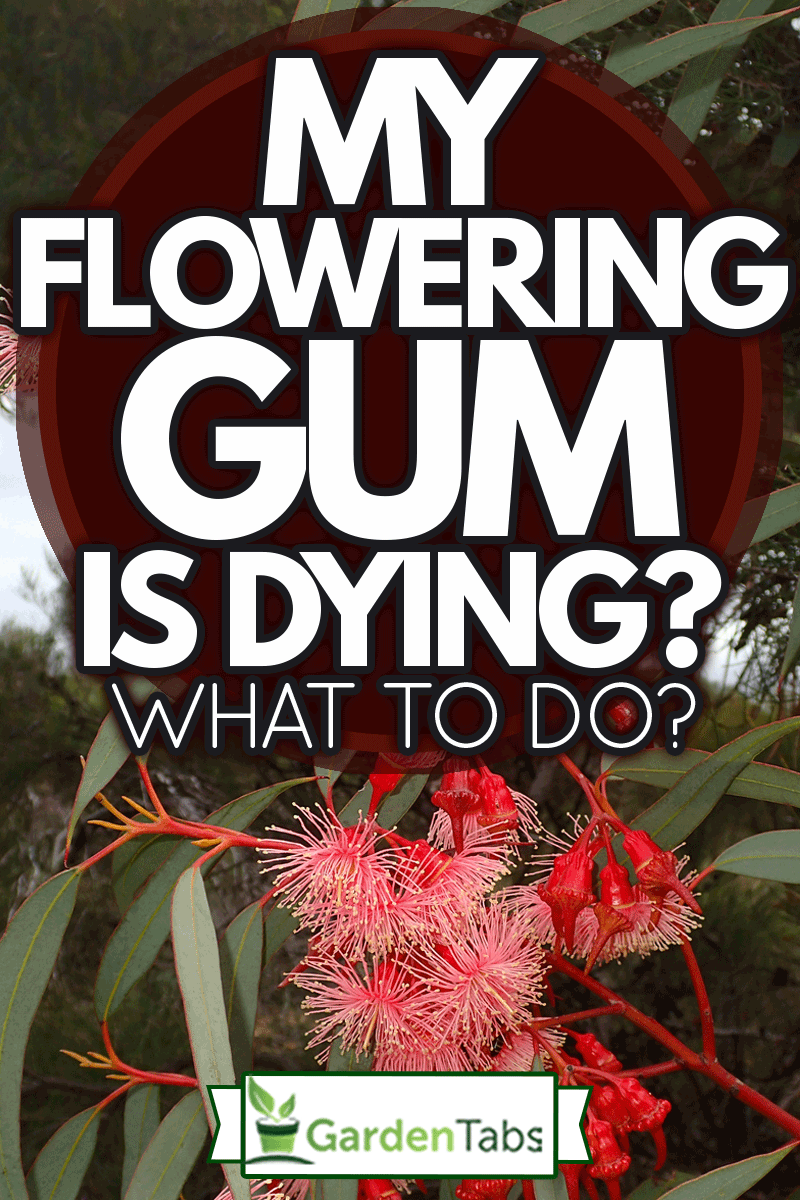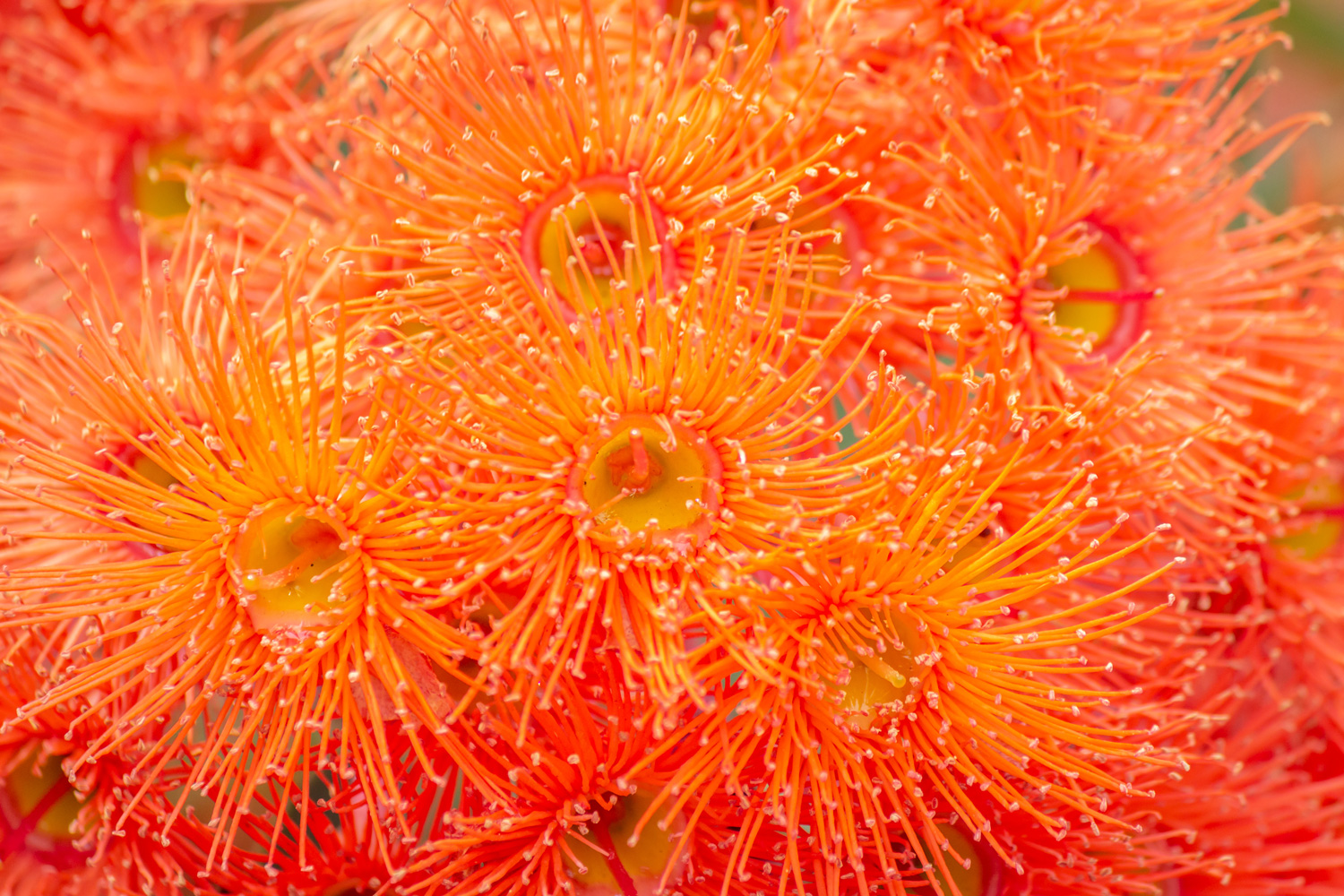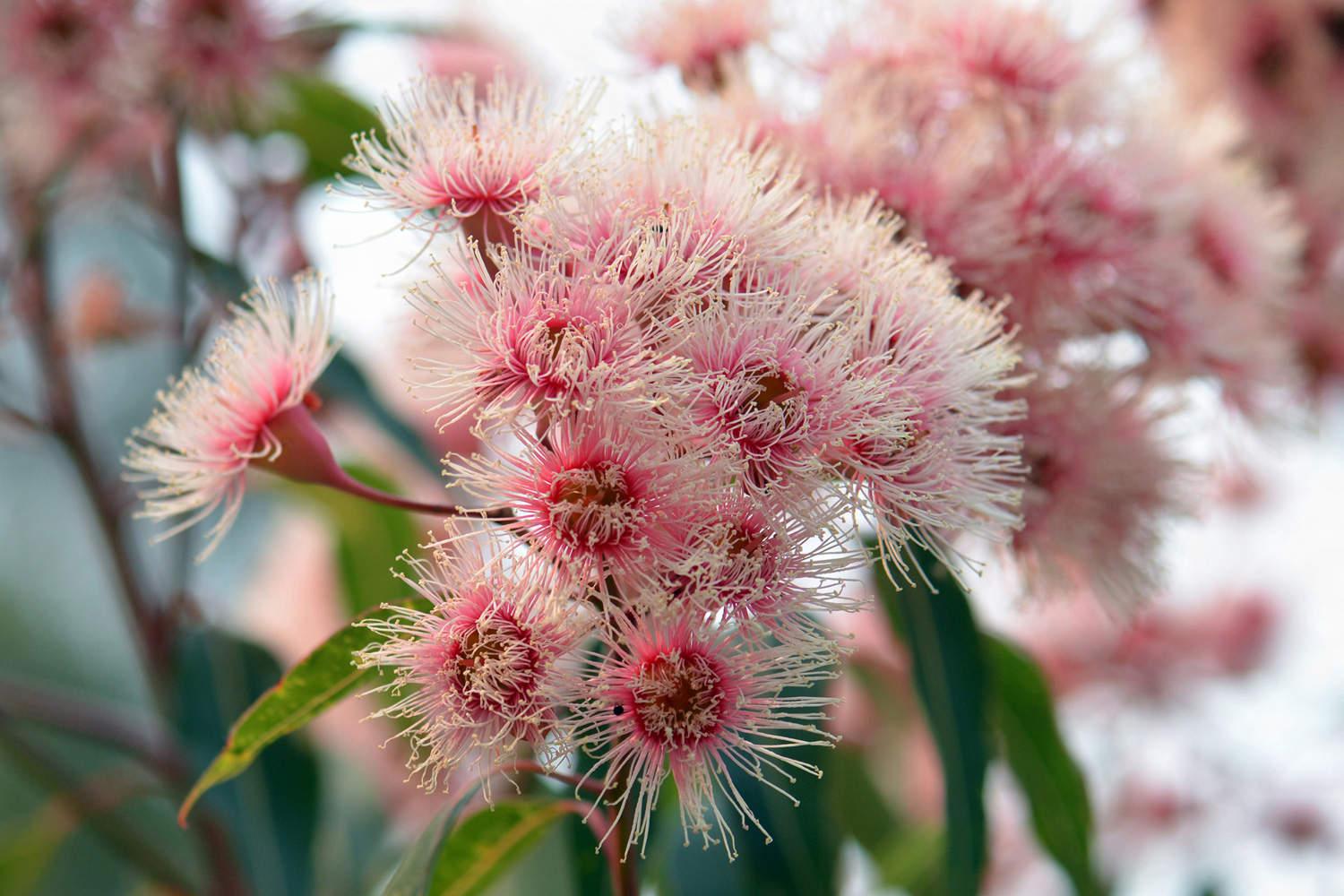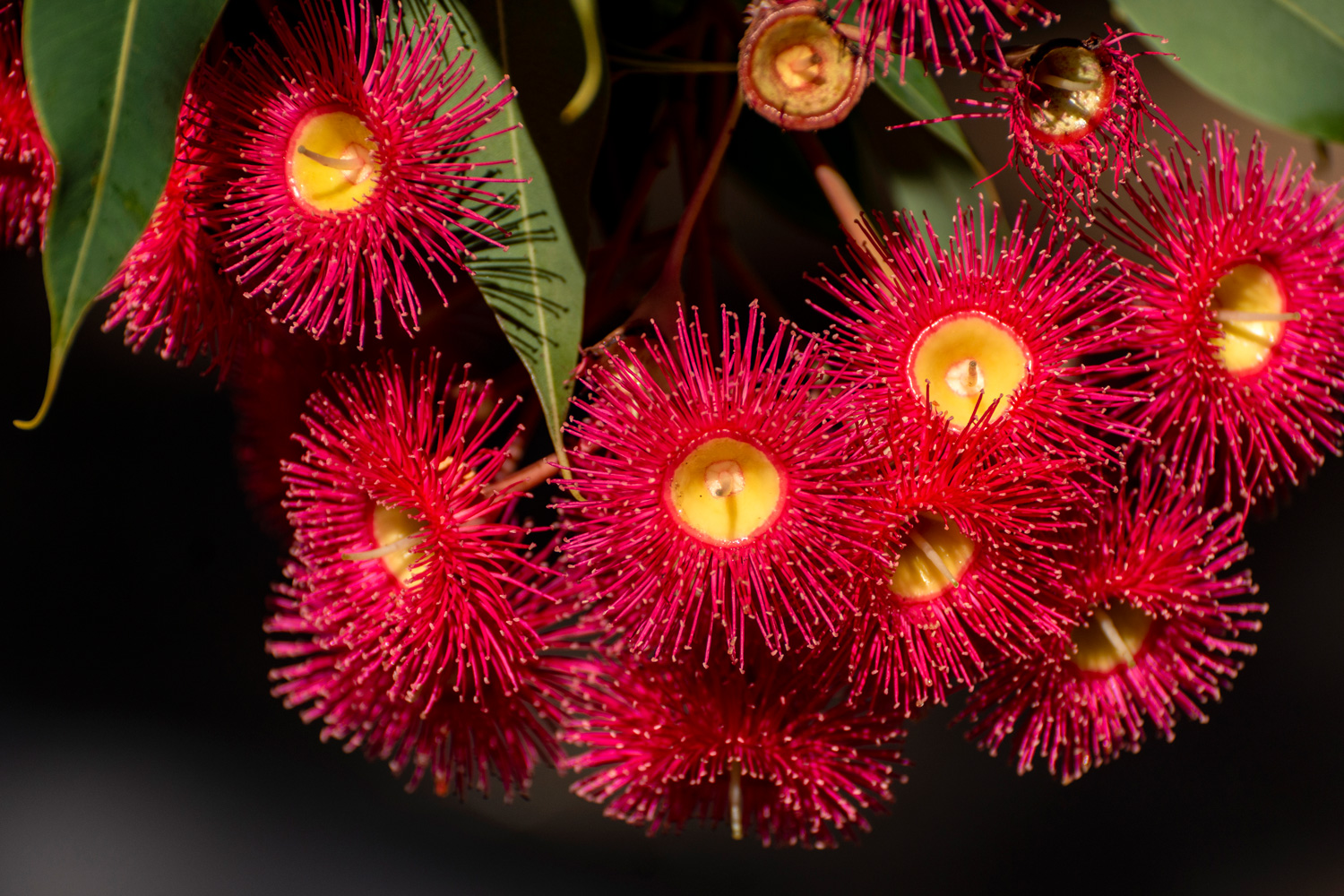Beautiful to look at and richly colored, flowering gums are popular garden trees that fit gardens of all sizes. However, some garden enthusiasts find that their flowering gums are dying and withering. We've researched this issue, and in this post, we will share with you the top reasons why your flowering gum is dying and some tips on how to revive them.
Flowering gums are small trees that were grafted from a Eucalyptus tree. The most common issue of flowering gums on the brink of death often points to lacking water or overwatering, insufficient sunlight, insect infestation, disease, or poor fertilization. To save your flowering gum, different solutions should be applied to each problem.
We know that figuring out the real reason why your flowering gum is failing can be a little overwhelming. This is why in this post, we've come up with a list of reasons and solutions for you to try on your flowering gum. Keep reading as we also share some tips on caring for flowering gums in your home.

Why is my flowering gum dying?

You've probably seen these hardy, easy-to-grow, small trees bloom beautifully in some gardens, captivating you with their broad gum leaves and bright flowers. These are called flowering gum trees, and these trees are the most commonly planted ornamental Eucalyptus in gardens.
Most gum trees are native to Australia, where they are more popularly known as the primary food of Koalas. In the US, most flowering gums are Corymbia ficifolia or more popularly known as the red flowering gum. They grow best on the western coasts of the US and are used in many landscapes.
Red flowering gums can easily be grown by planting seeds in pots to germinate before transferring the seedlings to an open garden. They are fairly easy to grow as they simply need full sun or light shade, sandy-clay soil, and moderate watering. They are also very easy to grow and maintain, which is great for those who are new at planting gum trees.
However, some gardeners do find their previously flourishing red flowering gums looking a little sad. If you find that your flowering gum trees have yellowing leaves, they are losing their foliage, or brown spots are appearing on stems and leaves, it is worth noting that there might be damage to your plants and that they are dying.
Overwatering or Underwatering
Red flowering gums are drought-tolerant, making them easy to care for as they don't need to be constantly watered for the tree to survive. However, just like any other plant, flowering gums need adequate moisture for the tree to survive.
If you find that your flowering gums' foliage is slowly turning into an unhealthy shade of yellow, it can indicate under or overwatering. Excessive watering of your tree often causes the inability of the plant to absorb nutrients properly. On the other hand, the lack of water for an extended period of time does not help in helping the plant create their food.
Insufficient Sunlight
These trees love the sun. Flowering gum trees should be planted in a location where it gets full sun, or at the very least in an area where there is light shade exposure. They like the sun, and they need at least three to six hours of full exposure. Most flowering gums can get by with partial sun, but they still do best when they get all the light that they need.
Pests and Diseases
These trees can be quite sensitive to some pests and diseases that are specific to gum trees. Although they are hardy, flowering gums are susceptible to pests and diseases like beetle borers, thrips, root rot, phytophthora, and other related issues.
Check your flowering gum for peeling bark, yellowing leaves, or leaf spots. These are often signs that pests have affected your flowering gum, or fungi and other diseases have started on some parts of the tree.
Poor Fertilization
Flowering gums do not need to be fertilized exclusively, but they do quite well if they receive added nutrients from time to time. They are quite sensitive to phosphorus, so if you intend to use fertilizer on your flowering gums, make sure to use native plant fertilizers or variants with less than a 3% phosphorus level.
Poor Soil
Soil is very important to many plants, and flowering gums are no exception. These trees like loam or sandy loam soil, which are quite moist and well-draining. They can tolerate lighter soil types, but it might require a little extra care in watering as they might tend to dry up o
Exposure to Cold Temperatures
One of the weaknesses of flowering gum trees is their poor acclimation to cold temperatures. They are not resistant to frost, so you will most likely see young flowering gums die if they experience frost. Flowering gums are resistant to temperatures only up to around 25°F.
Depending on your location, make sure that your area does not experience extreme cold weather conditions for your flowering gums to survive.
Can I still save my flowering gum?
Fortunately, flowering gums are very hardy trees that can bounce back to health as soon as their issues are resolved. Just like many other plants and trees, figuring out the problem before it gets worse can make saving the plant a lot easier. Here are some of the ways you can save your flowering gum before it dies.
Water Just Enough
Flowering gums are drought resistant, but some people often forget to water their trees when necessary. Too little watering often causes nutrient deficiency issues to the flowering gums. Overwatering though, causes the roots to be extremely waterlogged, and they are prone to root rot. Poor drainage also causes waterlogging, which can kill flowering gums.
To help you out with watering your flowering gums (and your garden and lawn as well,) you can use water sprinklers to do the work for you. These nifty devices water the plants just enough without soaking the soil in too much water.
Get this water sprinkler on Amazon.
Manage Pests and Diseases Quickly
Pests like beetle borers and thrips are usually the main reasons why flowering gums get sick and die. If you find that they are starting to infest your tree early on, it would be wise to invest in insecticides or other preventive measures.
Thrips are pretty easy to remove. If the parts of the plant have been badly infested, you can simply prune the branch off to remove them. Otherwise, you can spray the leaves and stem with a concoction of soap and water. You can also use neem oil if you'd like to use a more natural repellant for your plants.
Check out this neem oil on Amazon.
Beetle borers, on the other hand, require insecticides that will control these pests. Look for a spray that can control most, if not all pests, so that you can also cover all possible issues that your flowering gum might face.
Get this tree and shrub spray on Amazon.
Are there other variants of flowering gums?
Aside from the popular Corymbia ficifolia or red flowering gum tree, you might find other variants of these flowering gums in other gardens. Here are some cultivars of flowering gums, based on their colors.
Corymbia ficifolia Baby Orange

This flowering gum is quite a shorty, only growing to about 10 feet tall but they definitely make up for the vibrance. Flowers appear between December and February in bright orange hues that will surely captivate people from afar. If you have a really small garden, this variant of flowering gum will do well, and you'll also get the benefit of attracting birds too.
Corymbia ficifolia Fairy Floss

If you find that the blazing red of the red flowering gums is too much, you might enjoy seeing them in a softer, lighter version. The fairy floss variant blooms with flowers of pale pinks and whites, covering the trees with these blooms during the summer. They are quite adaptive, and just like most flowering gums, they'll do great in small gardens because of their height.
Corymbia ficifolia Wildfire

Wildfires bloom brightly during the summer, the trees covered in vibrant red with very dense foliage. This flowering gum is quite small, growing up to 20 feet, which makes them great for small gardens.
In Conclusion
Flowering gums are great ornamental eucalyptus trees to plant in your garden because they bring cheerful blooms and leaves that are quite aromatic. Since these trees are hardy, it only takes preventive maintenance against pests and diseases to keep this ornamental tree looking beautiful and healthy in your garden.
Are you interested to learn more about gardening and other plants? We've got some articles that you might be interested in:
Why Is My Bald Cypress Tree Turning Yellow?
How Much Light Does A Schefflera [Umbrella Tree] Need?




I have a flowering gum on the nature strip but some of the branches which are around 4cm wide are limp and they feel soft when gripped. Any ideas on why this is so?
I should have added that there doesn’t seem to be any signs of rot or disease – all the branches have gums and flowers in full bloom.
My flowering gum has been burn by frost , now coming into spring should I prune the dead leaves from the tree
I hope this email finds you well. I recently came across your informative article, “My Flowering Gum is Dying — What to Do?” and wanted to express my appreciation for the valuable insights you shared. As someone who understands the importance of maintaining a healthy environment for our native plants, I found your tips and advice extremely helpful.
In light of your expertise in the field, I would like to recommend Stone Mason Sunshine Coast. They provide exceptional landscaping and stonework services that can greatly contribute to enhancing the overall appeal and health of gardens, including those with flowering gums. Their team of skilled professionals is dedicated to creating beautiful outdoor spaces while keeping the well-being of native flora in mind.
Once again, thank you for sharing your knowledge on this important topic. I believe that Stone Mason Sunshine Coast could be a valuable resource for you and your readers who are seeking professional assistance with their gardens.